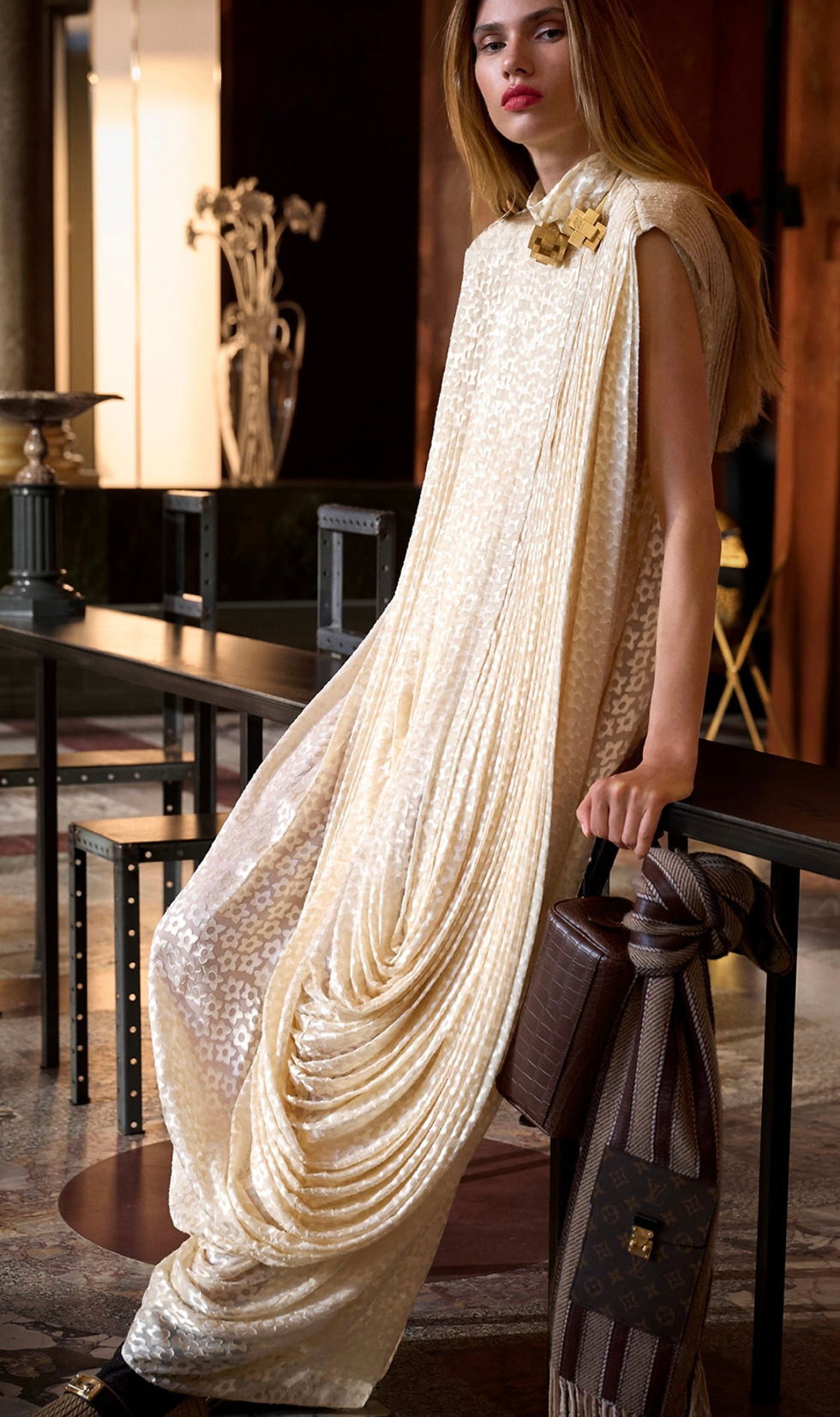Shaping the Future of Luxury: A Strategic Overview
- Luxe magazine Switzerland

- Feb 9
- 3 min read
Updated: Mar 16

Shaping the Future of Luxury: A Strategic Overview
The luxury market is undergoing a profound transformation as new trends, technologies, and shifting consumer demands reshape the landscape. Today’s luxury consumer is not just seeking opulence; they are looking for authenticity, sustainability, and products that resonate with their personal values. As we examine the ever-changing dynamics of this market, it’s evident that the future of luxury lies in a strategic mix of tradition and innovation.
The Evolving Definition of Luxury
Luxury is no longer defined solely by price tags or exclusivity it now extends to how brands communicate their values, engage with their audiences, and contribute to a more sustainable world. The trend of mindful luxury is gaining momentum, with consumers increasingly gravitating toward brands that prioritize ethical production practices, sustainable sourcing, and transparency. In this new era, luxury is measured not just by the tangible product but by the intangible qualities that reflect a brand’s commitment to the environment, society, and its customers.
Emerging designers and creators are at the forefront of this shift, bringing fresh perspectives and sustainable practices into a space once dominated by established names. These new players are embracing the opportunities offered by digital tools and global connectivity, challenging traditional business models while retaining a deep commitment to craftsmanship and quality. In parallel, innovations in technology, such as blockchain for transparency and the rise of AI-driven design, are enabling the luxury industry to become more agile, personalized, and ethical.
Strategic Insights for Luxury Brands
The key takeaway from this strategic overview is that luxury brands must evolve to remain relevant. They need to embrace sustainability, adapt to shifting consumer behavior, and explore new avenues for growth without losing sight of what makes luxury truly special. This involves staying ahead of trends and anticipating market changes through effective strategic foresight. For example, brands must recognize the growing importance of digital transformation not just for e-commerce but as a way to engage with consumers through immersive experiences, digital storytelling, and bespoke services that speak directly to the modern luxury consumer’s expectations.
Moreover, staying attuned to consumer sentiment is paramount. An in-depth analysis of market trends and consumer preferences be it through data analytics, social listening, or direct consumer engagement will help luxury brands make informed decisions that resonate with today’s audiences. Brands must also invest in research and development, nurturing the talents of tomorrow’s designers and embracing new technologies that can enhance their sustainability credentials and customer experience.
Conclusion: A New Luxury Paradigm
As we conclude this strategic market analysis, it’s clear that the luxury industry is standing at the crossroads of a new paradigm. The luxury of tomorrow will be defined not by its exclusivity alone but by its ability to integrate sustainability, innovation, and authenticity into every facet of its operations. For Lux Magazine, our role is to not only document this transformation but to champion the creators, innovators, and brands leading the charge toward a more ethical, thoughtful, and beautiful future for luxury.
In this rapidly evolving landscape, brands must embrace these shifts and use them to their advantage. Those that understand and adapt to these changes will be the ones who define the next era of luxury. The intersection of high-end craftsmanship, digital innovation, and environmental responsibility is where the future of luxury lies, and Luxe Magazine Switzerland remains committed to showcasing those who are making this vision a reality.
Holdener Patricia
Editor - In - Chief


